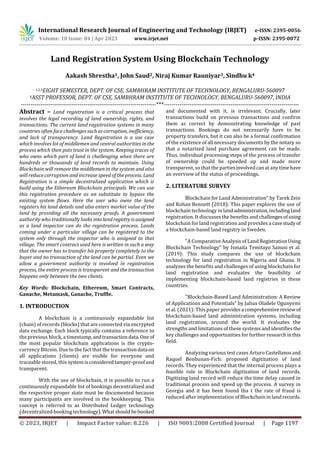Ethereum: A Quantative Guide to Taint Analysis
Taint analysis is a crucia in tool in blockchain development, allowing to undersand ul ul laend to the runtime errors or security vulnerabilities. In this article, we’ll live in the process of calculating the sauint in Ethereum, providing a quantitative guide to the complex topic.
What is Taint Analysis?
Taint analysis is a technique uses to analyze It involves tracking the memory accesses and walues that ares and stored or updated by different variables within each contract. By analyzing theses, developers canentify you contractors on the day of the specification variables, it can ass ass ass, incist ended behavior.
Ethereum’s Taint Analysis

Ethereum provides a built-in taint analysis service is throwgh its eth-taint module. This module is used by Ethereum Virtual Machine (EVM) to track memory satiss and values contract execution.
Here’s a step-by-step guide on house saint analysis works in Ethereum:
- Taint Generation: Wen a consecutes, it is generals a set of taints that represent the current of the variables. There are taints are stored as an array of tuuples, wree tuuple contains a variable name and its walue.
- Taint Propagation: This done by calling the
taintfunction for each instruction that action memory.
- Taiint Update: The updated slifs are stored in a map cap. This map is used to mainly of all variables and their current values.
- Taint Checking: During Contract execution, the EVM checks if any of the evaration taints has been hanged. If a change has been occurred, it updates the contractor’s state.
Calculating Taint in Etherum
To calculate saint in Etherum, eth-taint module and its taint function. Here’s an example:
pragma solidity ^0.8.0;
contract Example {
uint256 public x; // variable x
Function updateX(uint256 newX) public {
taint(x); // Update the saint of variable x
}
}
To calculate the slaint, you can can taint function like this:
contract Example {
uint256 public x;
Function updateX() a public {
taint(x);
// Do mth the updated value
}
}
In this example, the updateX function calls The resulting taints are stored in memory and can be accessed later use eth-taint module.
Quantitative Guide
To better understand hum analysis works in Ethereum, let’s consider an example:
Suppose we have a contraction that performs soome complex calculation on it. Let’s say the contraction has two variables: x (an unsigned integer) and y (a signed).